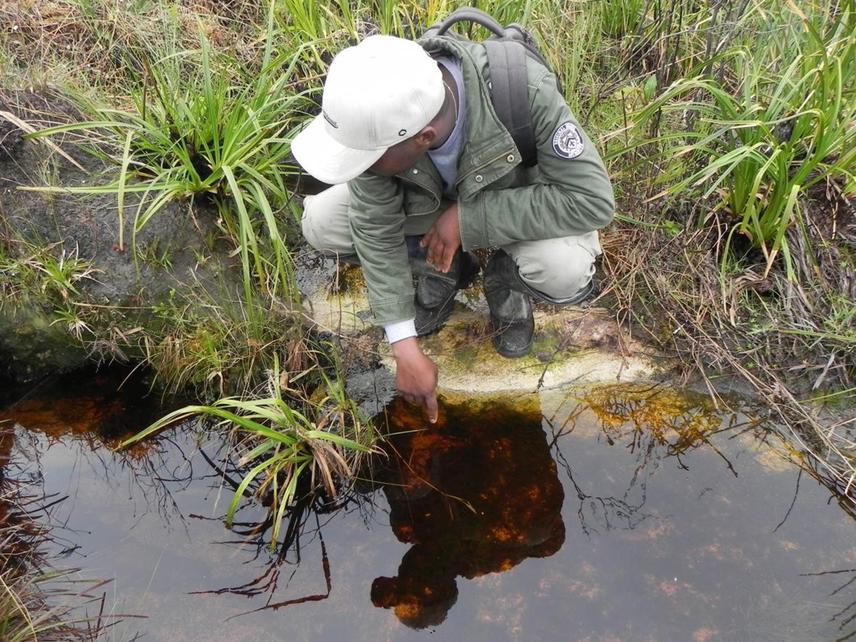António Carlos Manhice
Fire is a disturbance that affects organisms in different ways, depending on the spatial and temporal scale. Regarding amphibians, fire can affect them by killing individuals or altering the stability of their development.
The project entitled How fires affect tadpoles in a Brazilian protected area?
will be carried out in the Chapada Diamantina National Park (CDNP), a 152,400 ha strictly protected area located in the state of Bahia, Brazil. The CDNP was created in 1985 to ensure the preservation of natural resources, provide education, scientific research, ecotourism and contribute to the preservation of sites and structures of historical and cultural interest, in particular archaeological sites. In fact, the CDNP comprises one of the most fascinating natural parks of Brazil, with the mountain scenery containing an extraordinary variety of ecosystems, including the Brazilian savanna, Atlantic Forest, Caatinga. Rupestrian Fields, and some enclaves with deciduous and semideciduous formations associated with Atlantic Forest. As a result, a vast amount of biodiversity is recorded inside the park, including a great number of endemics, rare and threatened species. Unfortunately, the CDNP is one of the regions most affected by fires in Bahia, and they are predominantly started by farmers, hunters, miners, ranchers, and tourists, among others.

Sampling area. © António Manhice.
With this project we intend to assess the impacts of fires on anurans species. Will be analyzed fluctuating asymmetry and diet of two species “Bokermannohyla oxente and Scinax curicica”. Fieldwork will be conducted in two campaigns: April and September 2023. In each campaign, seven-days expeditions will be carried out, totaling 14 fieldwork days. Twelve sampling points will be selected for the park. The specimens will be collected in three environmental categories (old, recent, and unburned), we will search permanent lotic water bodies for tadpoles sampling. In total, 120 tadpoles and 10 adults per species will be collected. We hope to find high rates of fluctuating asymmetry in burned areas compared to unburned areas, the tadpole and adult diet from burnt areas will have lower food quality compared to the diet of tadpoles and adults from non -burned areas.